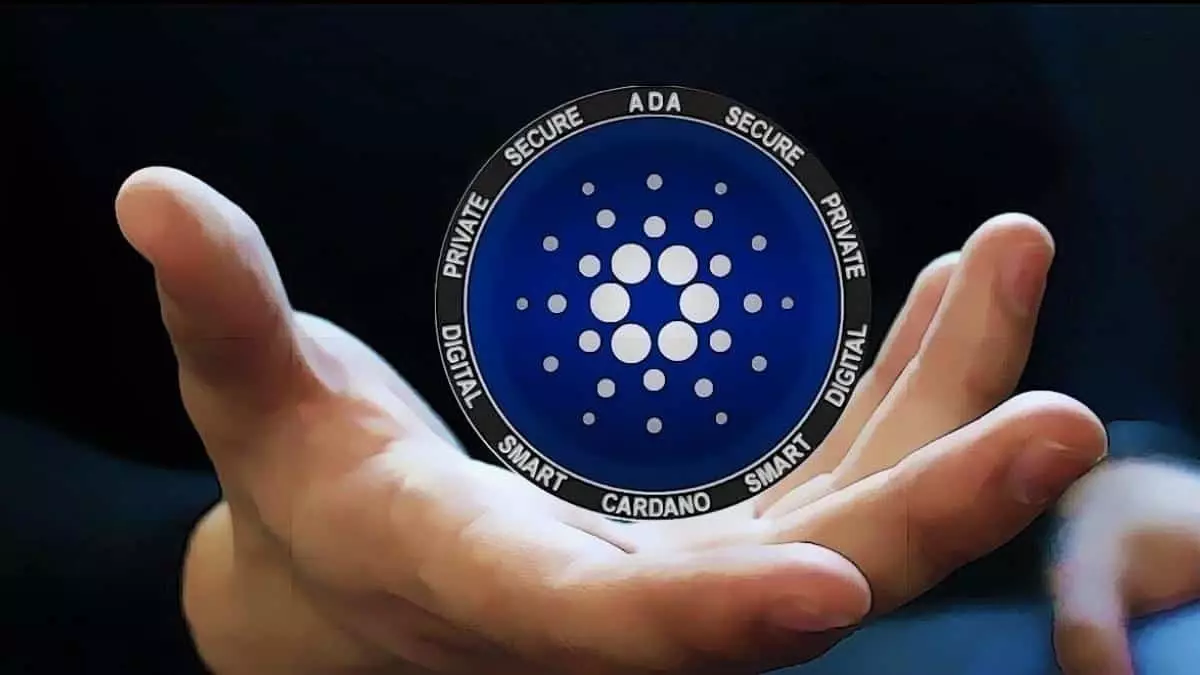The cryptocurrency realm, with its boundless enthusiasm and dizzying innovations, often flirts with chaos. No event encapsulates this urgency of fear and speculation better than the recent allegations against Charles Hoskinson, founder of Cardano. A staggering claim by a Twitter user, Masato Alexander, asserting that 318 million ADA worth over $619 million had been misappropriated, sent shockwaves through the community. This claim surfaced amidst ongoing debates about the integrity of blockchain technology—a topic that should ignite fierce scrutiny, especially given the significant investments, both monetary and ideological, made by the community in various blockchain projects.
The audacity of the allegation lies in the assertion that Hoskinson himself had manipulated a blockchain software update to facilitate these transactions. Such accusations pose not just a legal threat to Hoskinson but also a substantial reputational danger to Cardano itself, a project that has prided itself on transparency and innovation. In a space that often becomes embroiled in controversies revolving around scams and frauds, these claims evoke a visceral response. How could a visionary in the blockchain arena, someone regularly heralded for their integrity, supposedly plunge into such nefarious practices?
The Implications of the Hard Fork
For those unfamiliar with the mechanics of blockchain, the hard fork is significant. It signals a departure from established norms and technical practices within a network. According to Alexander’s claims, this specific hard fork in 2021 allowed Hoskinson to deploy code that purportedly erased specific funds tied to the initial coin offering (ICO) of Cardano. The gravity of such a maneuver is not just theoretical; it strikes at the essence of security and trust that underpins these decentralized financial ecosystems.
Allegations of fraud should never be taken lightly, yet they registered alarmingly in an ecosystem often ripe for misunderstanding. As the whispers intensified, Hoskinson initiated a vehement defense. He maintained that the ADA vouchers for affected users became unspendable post-fork and elucidated how the funds had been transferred to a custodial account controlled by a third-party entity for redemption purposes. Such clarifications might seem authoritative, but they raise critical questions. Trust in blockchain isn’t merely a tick on a checklist; it is a fragile construct maintained through engagement, transparency, and consistency.
The Community’s Disappointment and Hoskinson’s Concessions
The community’s response illustrates a deeper discontent beyond the mere transaction of funds—a crisis of faith. Many voiced their frustrations over Hoskinson’s perceived failure to communicate openly, confessing that friends and allies were scarce during this tumultuous period. This sentiment is echoed across many discordant communities, where the deterioration of trust can swiftly cascade into a widespread resigning of support. The implications of such dissatisfaction extend far and wide, affecting the loyalty of the investor base and dampening the ambiance of innovation.
After navigating the storm of accusations, Hoskinson unveiled new strategies for connecting with his community. While maintaining a physical presence at events, he announced he would hand over control of his social media accounts to a media entity and promised an audit of the affairs in question. Such measures signal awareness and responsiveness to the turbulent waters he’s currently sailing through, but they don’t wholly restore confidence. The concept of “infinite accessibility” that Hoskinson discusses raises eyebrows—could it be an oversimplification of accountability in a field demanding the highest ethical standards?
The Lessons Urged by Discourse
The scandal enveloping Cardano serves as a precipitous reminder that the blockchain space is an arena of intense scrutiny. Today’s headlines can transform into tomorrow’s gossip, and unfounded rumors can undermine even the most grounded of projects. Every stakeholder in this evolving landscape—developers, investors, and advocates alike—must recognize our collective responsibility to fortify ethical standards and governance practices within this burgeoning market.
This incident challenges us to confront a paradox: While the decentralized approach should promote transparency and empowerment, it also necessitates rigorous checks to uphold trust. As Hoskinson navigates the aftermath of these allegations, the larger narrative may very well dictate the trajectory of Cardano and perhaps the future resilience of blockchain technology itself. The shocking claims remind us that, in the world of cryptocurrency, not all that glitters is gold—and vigilance is more crucial than ever.

